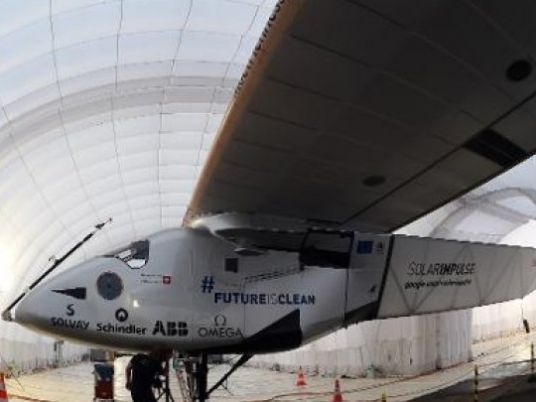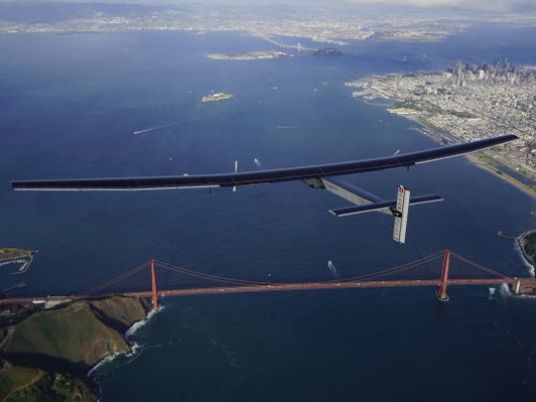
An ambitious attempt to circumnavigate the globe in a solar-powered plane is facing a "moment of truth" after two weeks of bad weather that have left it stuck in Japan, its pilot said Tuesday.
With frustration starting to build a fortnight after Solar Impulse 2 made an impromtu landing in Nagoya, it was vital to keep a cool head about the best time to begin the next leg to Hawaii, Andre Borschberg told AFP
"This aircraft is more like a jewel … We don't want to lose the aircraft with a stupid decision," he said.
"This is the moment of truth for the project, it is the moment of truth for our team … we want to be so cautious and not to make a stupid decision."
Solar Impulse set off from Abu Dhabi earlier this year in a multi-leg attempt to get all the way around the world using only the power of the sun.
However, the journey from China to Hawaii had to be cut short when meteorologists warned of a developing cold front over the vast Pacific Ocean.
Borschberg, 62, admitted members of the team "may be a little impatient" in their search for "a good weather window" that will allow them to undertake the lengthy crossing.
But "we don't want to take a risk in the sense of trying to gamble on the weather."
Wall of cloud
The weather appeared to have broken in the aircraft's favor at the weekend, and a tentative early Monday take off had been scheduled, with forecasters watching a vast wall of cloud running from Taiwan to Alaska.
"We need to fly over this wall. And the only way that we can do it with our aircraft is to find a place where this wall is much smaller," he said.
But even though other conditions looked good, the plane — which has a wingspan longer than a jumbo jet, but weighs only 2.3 tons — would not get to that wall until the fifth day of the crossing to Hawaii.
"I believe we should be able to cross this front — go over this wall — something like three days after take-off," Borschberg said, adding it would be difficult to accurately predict its condition five days ahead.
The plane, which has 17,000 solar cells and on-board rechargeable batteries, is expected to take at least five days and five nights of continuous flying to reach Hawaii. Its top speed is 140 km (90 miles) an hour.
The flight will be the eighth and most ambitious leg of its record-breaking attempt to get around the globe.
If successful it will smash the 44-hour continuous flight record that the plane set from Nanjing, China, to Nagoya.
The plane is the successor to Solar Impulse, which managed a 26-hour flight in 2010, proving its ability to store enough power in lithium batteries during the day to keep flying at night.
Ridiculed by the aviation industry when it was first unveiled, the venture has since been hailed around the world, including by UN chief Ban Ki-moon.


